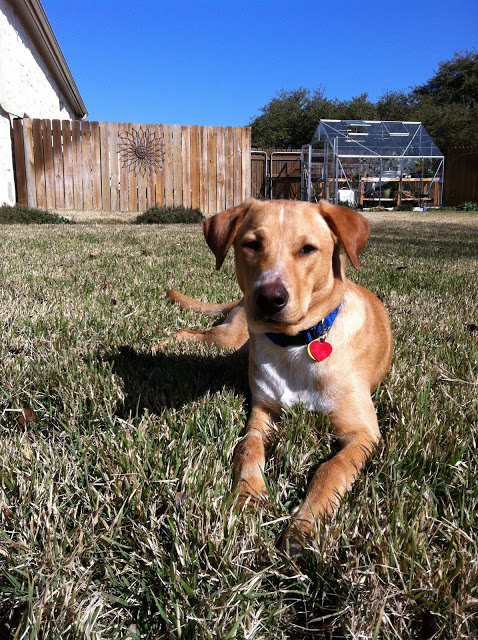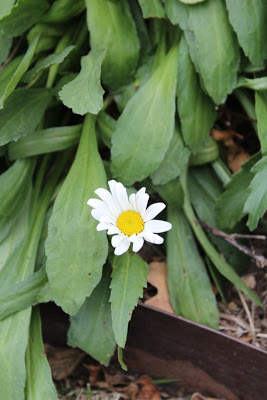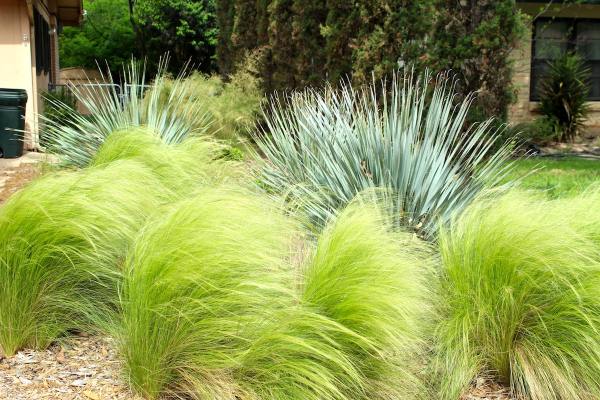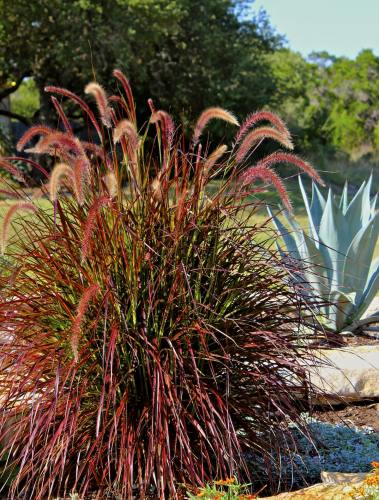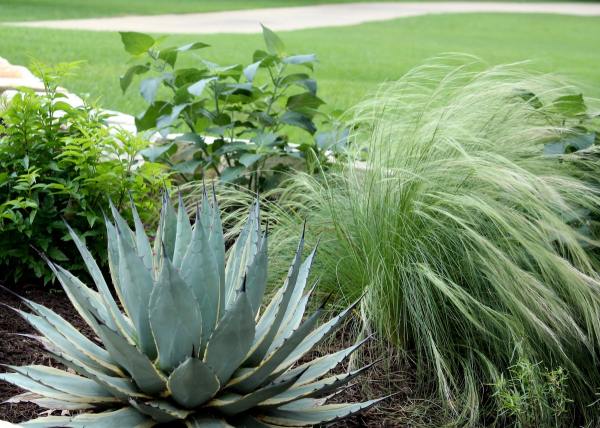New pup already helping me garden…

We lost our sweet boy, Tanner, to cancer in November.
We adopted him from the Humane Society on my birthday, when he was just 8 weeks old.
Soft, cuddly and adorable, he stole our hearts.
He would have been 12 on New Year’s Day.
He was a great dog and my sweet boy. He was funny and willful and full of love. He followed me everywhere. And even at almost 12 years old, you could still bend down to his soft, fuzzy head and get a whiff of that sweet puppy smell that he never lost.
He was my Tan-man, Bubbie, Scooby, Bubs, Nudge, and Mr. Man-Man.
I had to wait this long to write this post, and it’s still making me cry with every word. He deserves a loving tribute.
I know he is lying in the sunshine, chasing squirrels, and taking long naps in doggie heaven with Sierra and Sami, and waiting for us all.
I’m not sure I will ever stop missing him.
While Dakota was enjoying being the only dog and getting lots of extra lovin’ to help me ease the hole in my heart, she didn’t want to go outside, she had no one to follow around and she seemed lonely. Happily lonely, according to my dear husband, but too solitary. (A little too much time spent in her bed!)
 So, I set about looking for a friend for Dakota and another pup for which to be a forever family. After a lot of looking, Fletcher found his way into our hearts and our home. He’d been returned to a shelter by his adopted family when he was injured. (Sadly, weeks after not treating his injury) His foster family raved about him and here he is.
So, I set about looking for a friend for Dakota and another pup for which to be a forever family. After a lot of looking, Fletcher found his way into our hearts and our home. He’d been returned to a shelter by his adopted family when he was injured. (Sadly, weeks after not treating his injury) His foster family raved about him and here he is.
 He’s housebroken, sits on command and has learned to play fetch and drop the ball in just a week. He’s also learned to go lie in his bed when I tell him to go away in the middle of the night. He’s a smart boy and a fast learner. (But, he’s still a puppy. I’d clearly forgotten how much work that is! I haven’t had to train a puppy since Sierra about 9-10 years ago.)
He’s housebroken, sits on command and has learned to play fetch and drop the ball in just a week. He’s also learned to go lie in his bed when I tell him to go away in the middle of the night. He’s a smart boy and a fast learner. (But, he’s still a puppy. I’d clearly forgotten how much work that is! I haven’t had to train a puppy since Sierra about 9-10 years ago.)
Fletcher loves to play, and despite the fact that Dakota (8) didn’t play much with Tanner because of his age, she does love to play and run (fly & leap) around the yard like a kid. She’s still a little put out at times, she gets jealous and wants to make sure she’s getting her fair share of lovin’. And she takes her responsibility as the older, alpha dog seriously. (Tanner was the alpha before.) She tells Fletcher when he’s annoying her and when he’s gotten too close. And, sadly, she’s already shown him her favorite places to dig up bulbs … sigh.

And, they play. They follow each other all around, checking out noises and people going by out front, romping around the yard, jumping and wrestling with each other. They enjoy each other. Even when they are both barking, growling, and howling at each other, those tails are wagging and they are having fun. He’s good for her. I knew he would be.
Even though I still have part of that hole in my heart, it’s good to share all that love with another homeless animal.
It’s what Tanner would have wanted.
Rest in peace, my sweet bubbie-boy.



